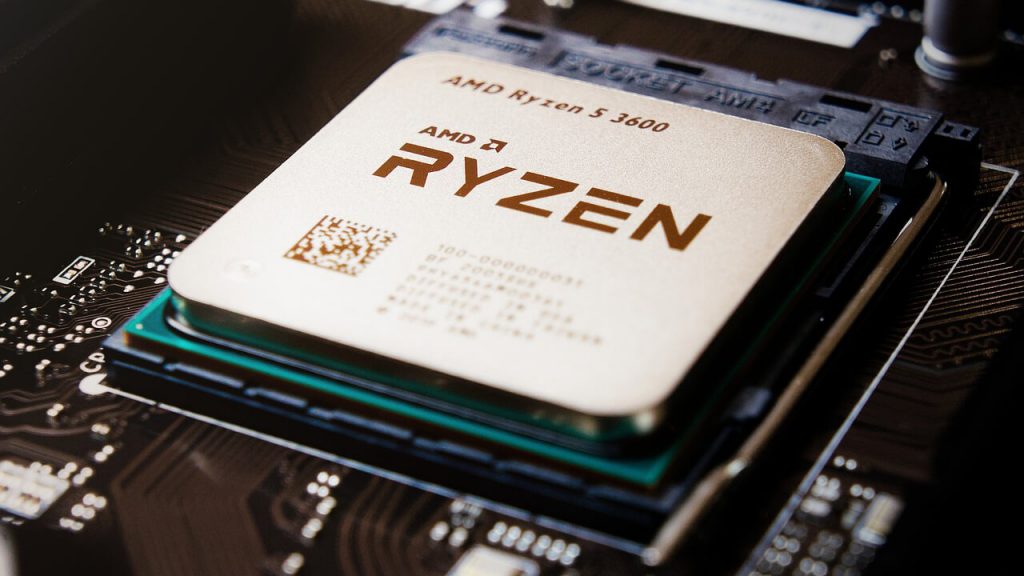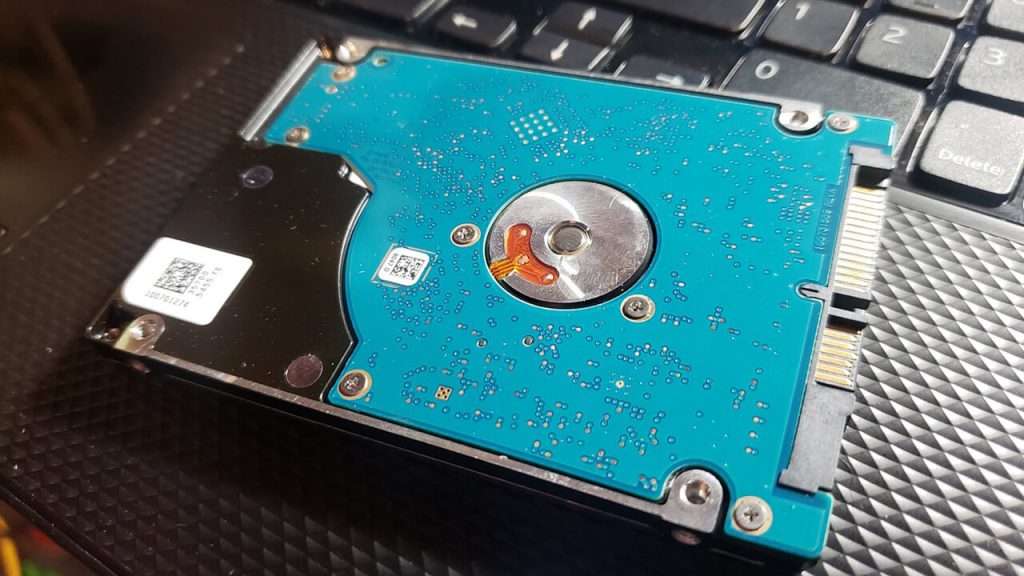Have you ever asked yourself the question, “What’s the difference between a laptop and a notebook?” If so, you’re not alone. Many people believe that a laptop and a notebook are the same thing. However, that’s not true. In this guide, we’ll explain the differences between a laptop and a notebook so you can make the right decision when you want to buy one.
Table of Contents
The difference between a Laptop and a Notebook?
Laptops and notebooks have different designs and are meant for different purposes. Sometimes they look quite similar, but in reality they’re quite different. So let’s take a look at the main differences between laptops and notebooks.
Weight of a Laptop and a Notebook

One of the main differences between a laptop and a notebook is their weight. You’ll find that most laptops weigh between 4 and 8 pounds. A notebook usually weighs less than 5 pounds.
The factors that affect the weight of a laptop or notebook are the size of the screen and the components used internally. Weight savings are important, especially if you carry your laptop or notebook around a lot. You can feel the difference when your device weighs a pound more or less.
Notebooks tend to be slimmer and sleeker than laptops. Disappointingly, the price of a notebook doesn’t reflect this weight difference. Often, a super-slim notebook costs the same as a larger laptop.
Slim notebooks aren’t for everyone. The screen is usually smaller than a laptop, and keyboards tend to be smaller and more cramped. You might put up with the extra weight because you want a bigger screen and keyboard.
The Purpose of Laptops and Notebooks

The purpose of laptops and notebooks is another important difference. Laptops and notebooks aren’t designed for the same purposes. A laptop is more of a portable personal computer. It’s similar functions to a desktop computer, but is much smaller and lighter.
When laptops first came along, they were nowhere near as powerful as their desktop counterparts. That’s changed over the years with new developments in CPU and chip technology, so today a laptop is just as powerful. It’s now possible to get a gaming laptop with similar performance to a gaming desktop computer.
Manufacturers of laptops tailor them for easier use. They’re marketed as a personal device that’s ideal for sending email, surfing the web, and using social media. You won’t be able to play many games on a notebook (if any) and they can’t handle demanding applications like video editing software.
If you want the most computing power for your money, you should go for a laptop. If you only want to do personal and light business tasks, a notebook might be a better choice for you.
The Size of the Display between laptop and notebook

Laptops and notebooks usually differ in the size of the display as well. You can get a laptop with different display sizes from 10 inches to 20 inches. There’s a wide range when it comes to laptop display size.
It’s more complicated to determine the display size of a notebook. Most of the time, notebook computers are designed to be the size of a traditional notebook. This means that they’re usually smaller than laptops.
You can fit most laptops into a laptop bag. In contrast, a notebook computer will probably fit in a purse and still leave plenty of room for other things. It’s confusing that some manufacturers claim their smallest laptops are notebooks.
So you can assume that the size of the display on a notebook is smaller than most laptops. This doesn’t mean that the screens of notebooks are of inferior quality than those of laptops. You’re likely to find high-quality displays in both laptops and notebooks on the market today. Another difference is probably the resolution of the screen.
Difference between Processing, Cooling, and Memory

It’s very likely that the specifications for CPUs and RAM are different for laptops and notebooks. Modern laptops usually have between 4 GB and 16 GB RAM. Some top models have up to 32 GB RAM. More RAM means better performance.
CPU specifications for laptops today are comparable to those of desktop computers. However, there are usually differences in the speed at which CPUs operate. You’ve to keep in mind that a laptop has a small form factor and cooling is an issue. Higher CPU clock frequencies mean more heat generation.
All laptops have a fan that cools them. It’s essential because modern laptops generate a lot of heat due to their powerful components. Some more powerful laptops have two fans for the CPUs. Laptops with dedicated graphics cards also have a fan for them.
When it comes to notebooks, you’ll find that they vary greatly in terms of RAM and processing power. Typically, notebooks have between 1 GB and 4 GB RAM. You’ll have a hard time finding a notebook with 4 GB RAM, since they’re rather rare.
Notebooks usually have less RAM because they’re meant for simpler use than laptops. They also don’t have the same processing power as a laptop. Nowadays you can get a notebook with a fast processor, but it’s much less powerful than the processors built into modern laptops.
Often a notebook has a specially designed processor. They don’t require the same level of cooling as a laptop, so different arrangements can be made here as well. Some notebooks don’t have fans built in at all. This works because notebooks usually generate much less heat than laptops.
With laptops, you can usually do upgrades. It’s usually possible to increase the number of RAM on your machine, and in many cases you can also upgrade the CPU, the graphics card, and the internal memory.
If you know what you’re doing, you can overclock a laptop’s processor and memory. This will remove any limitations and make your laptop perform better. You’ve to be careful though, because overclocking can cause damage to a CPU. A faster laptop will also consume more power and probably shorten the battery life.
Upgrades aren’t possible with laptops. Whatever you buy is what you’ll keep. With most laptops, it’s not even possible to increase the number of RAM and internal memory. Overclocking the CPU is out of the question, so you’ll have to live with the same performance from your machine.
Many laptops still come with a DVD drive, which you can use to play CDs and DVDs and use the drive to create backup disks. You won’t find a DVD drive on a notebook. Instead, you rely on an external storage drive. These days, people use DVD storage a lot less, so that’s not much of a problem.
Difference in Internal Storage for laptop and notebook

If you want to buy a new laptop, there are several options for internal memory. You can get a laptop with a 128GB drive, a 256GB drive, a 512GB drive, and a 1 TB internal drive. Some of the high-end laptops even come with 2 TB of internal memory.
What you need to look for in a laptop’s internal memory is the type of drive. The more modern SSD drives have no moving parts and are faster than traditional HDDs, which have a spinning disk. An SSD drive is more expensive, but it should last longer and is undoubtedly faster than an HDD.
Nowadays, it’s popular to have a laptop with a small SSD drive (128 GB or 256 GB) and a larger conventional HDD (512 GB or 1 TB). The SSD is where you store the operating system and applications to make them work faster. You store the files on the conventional HDD.
Modern notebooks all have SSD storage. This is because the SSD is smaller and consumes much less power. SSDs are much faster and quieter in operation, which is good for the user. The internal storage space varies in notebooks. They start at 64 GB and can go up to 1 TB.
The difference of Laptop and Notebook Battery Performance
We don’t have definitive evidence, but the general consensus is that laptop batteries have slightly better battery performance than notebook batteries. Some top-of-the-line laptops have batteries that provide up to 17 hours of operation on a full charge. For full-size laptops, you can expect an average of 6 to 10 hours of operating time.
Notebook batteries are smaller than laptop batteries, but they don’t have to keep up with the power requirements of a laptop. Therefore, you can expect a notebook battery to provide between 4 and 8 hours of operating time when fully charged.
Difference in Price of Laptops and Notebooks
You should find that laptops tend to be more expensive than notebooks because they’ve many higher specifications. If you want a powerful laptop, you’ll need to budget about $1,000 for it. An average laptop for general business and personal use will cost from $500 upwards.
These days, you can get a decent laptop for around $200. It’s also possible to pay less if you don’t care about features. There are also high-end notebooks that can cost up to $800.
Conclusion
As you can see in this guide, laptops and notebooks aren’t the same thing. A laptop usually has more features than a notebook and is usually more expensive. It all depends on what you want to do with these devices. If you’re a basic user, a notebook is the ideal choice. However, if you want more power, you should spend a little more on a laptop.




Be the first to comment